10 Great Swaps for Herbes de Provence in Recipes
Herbes de Provence substitutes can transform your cooking when this classic French blend isn't available in your pantry.
Many home chefs struggle to find an appropriate replacement when preparing Mediterranean dishes that rely on its unique aroma.
The ideal alternative should replicate the floral and earthy balance without overshadowing your dish’s intended flavor.
Several options exist that capture the characteristic rosemary, thyme, and lavender notes typical of traditional blends.
Each substitute offers a distinctive twist while preserving the essence of southern French cuisine.
Culinary professionals often suggest tailoring custom mixes rather than settling for a single standard swap.
Reading further will reveal which alternatives excel in different recipes and how to adjust them to suit your palate.
Alternatives for Herbes de Provence
Running out of Herbes de Provence happens more often than you think. The good news is there’s always another option to turn to. You can keep your recipe going without skipping a beat. Kitchen changes can be surprisingly simple.
Italian Seasoning
Herbes de Provence can easily be replaced with Italian seasoning when you're in a pinch during cooking.
This common pantry staple shares several key ingredients with the French blend, including thyme, rosemary, oregano, and basil.
The main difference lies in the floral notes, as Italian seasoning lacks the lavender and fennel that give Herbes de Provence its distinctive aroma.
Most home cooks won't notice a dramatic change in flavor when making this swap in Mediterranean dishes, pasta sauces, or roasted vegetables.
The substitution works particularly well in recipes where herbs play a supporting role rather than being the star of the dish.
Rosemary & Thyme
You can swap herbs like rosemary and thyme to create a homemade version of Herbes de Provence when the original blend isn't available.
These two powerful herbs form the foundation of this classic French seasoning, making them perfect stand-ins when mixed in equal parts.
The simple combination works beautifully in Mediterranean dishes, roasted meats, or vegetable recipes that call for the traditional blend.
Anyone can master this quick kitchen hack without needing to run to the store for specialty items.
Just remember that the substitute might lack some of the lavender notes found in authentic Herbes de Provence.
Fines Herbes
Fines herbes, a classic French herb mixture combining parsley, chervil, tarragon, and chives, offers a delicate alternative when you need a substitute for other herb blends.
Its light, fresh flavor profile makes it particularly excellent with egg dishes, roasted vegetables, and various poultry recipes.
Unlike some stronger herb combinations, fines herbes are best added near the end of cooking to preserve their subtle aromatic qualities.
Many home cooks appreciate how these herbs complement rather than overpower the natural flavors of food.
The traditional quartet of herbs creates a balanced taste that French cuisine has relied on for generations.
Poultry Seasoning
Poultry seasoning adds incredible flavor to chicken and turkey dishes with its signature blend of fragrant herbs.
Most commercial mixes contain sage, thyme, and marjoram - similar to what you'd find in Herbes de Provence but specifically crafted for poultry.
Many home cooks keep this versatile seasoning in their pantry as it perfectly complements stuffing, gravies, and roasted birds without any extra effort.
Since some varieties can pack a salty punch, just a light sprinkle often delivers enough flavor to transform an ordinary meal.
Zaatar
Zaatar, a beloved Middle Eastern spice blend, combines thyme, oregano, marjoram, sesame seeds, and sumac to create a distinctive flavor profile.
This aromatic mixture offers a savory, fragrant quality that works beautifully in Mediterranean-inspired dishes when you need an alternative to Herbes de Provence.
Zaatar is also known its versatility in everything from breads and dips to roasted vegetables and grilled meats.
The complex flavor brings earthy, tangy notes that can elevate simple dishes without overwhelming them.
For those monitoring salt intake, zaatar provides an excellent salt-free seasoning option that doesn't compromise on taste.
Garam Masala
Garam masala is a surprisingly effective substitute for Herbes de Provence despite its origins in Indian cuisine rather than Mediterranean cooking.
This aromatic blend combines warm spices like cumin, coriander, cinnamon, and cardamom to create depth in dishes where you need complex flavor profiles.
Many home cooks appreciate how garam masala can transform ordinary curries and stews into exotic culinary experiences without requiring numerous individual spices.
The rich, earthy notes complement meat dishes particularly well, though the intensity might need adjusting when replacing more delicate herb mixtures.
Savory
Savory is an essential herb in Mediterranean cooking, particularly known for its starring role in the famous Herbes de Provence blend.
The herb's distinct peppery and slightly bitter notes can completely change ordinary stews and soups into flavorful masterpieces.
Many home cooks love how savory pairs beautifully with meat dishes, bringing depth without overpowering other ingredients.
For the best results, you can add it early in the cooking process when making hearty casseroles, allowing its robust flavor to fully develop.
Dried savory works just as well as fresh in most recipes, making it an easy pantry staple year-round.
Thyme
Herbes de Provence wouldn't be complete without thyme, a delightful herb that brings a slightly sweet and earthy flavor to any dish.
Many chefs reach for thyme when preparing meat dishes because it adds incredible depth and complexity to the flavor profile.
Some home cooks find that dried thyme works well in slow-cooked meals, while fresh thyme leaves really shine in lighter preparations.
The woody stems can be placed whole into soups or stews during cooking and removed before serving for a subtle flavor infusion.
Thyme pairs wonderfully with other Mediterranean herbs, making it a perfect member of the classic Herbes de Provence blend.
Rosemary
Rosemary is a distinctly pungent herb characterized by its woody aroma and slightly bitter taste that adds depth to many dishes.
In Mediterranean cuisine, chefs commonly reach for this versatile herb to enhance flavors in roasted meats, stews, and breads.
When recipes call for Herbes de Provence but you have none available, rosemary makes an excellent substitute that can maintain the intended flavor profile.
Because of its potent nature, it's best to begin with just half the amount a recipe suggests, then adjust according to your preference.
Marjoram
Marjoram is a beloved member of the mint family and is a cornerstone in Mediterranean dishes around the world.
Its gentle sweet and citrusy notes complement meats, vegetables, and hearty soups without overpowering them.
Many cooks appreciate marjoram when they need a more subtle herb that won't dominate other flavors in their recipes.
The mild character makes marjoram an ideal substitute in Herbes de Provence blends for anyone seeking a toned-down herbal presence.
Experienced chefs often reach for this versatile herb when cooking for people who enjoy delicate flavors rather than bold aromatic profiles.
How to Make Homemade Herbes de Provence Blend
Herbes de Provence is a fragrant blend of dried herbs from southern France that can make any dish taste sunny and fresh. Making your own at home is easy and lets you adjust the flavors to your liking:
With homemade herbes de Provence, you can season chicken, fish, veggies, or breads with a taste of the French countryside anytime.
Tips for Using Substitutes in Different Dishes
Using substitutes in your cooking is a great way to save time, work around allergies, or just try new flavors, but knowing how to swap ingredients the right way helps keep your dishes tasty and balanced:
Best Substitutes for Roasting vs. Grilling
Choosing the right substitute for roasting or grilling helps you get tasty, well-cooked food no matter what equipment you have or what ingredients you need to swap:
For Roasting
If you can’t roast in an oven, use a countertop toaster oven, air fryer, or slow cooker for tender results. Swap root veggies like carrots or potatoes for other dense vegetables, or use firm tofu instead of meat for a plant-based roast.
For Grilling
No grill? Use a grill pan on the stove, a broiler in the oven, or an electric countertop grill. If out of grilling favorites like steak or chicken, try thick mushroom caps, zucchini slices, or halloumi cheese for the same smoky effect.
Flavor Tips
Brush substitutes with olive oil, herbs, and spices, or a little barbecue sauce to mimic classic grilled or roasted flavors.
Texture Tricks
Pat foods dry before cooking and don’t overcrowd the pan, so you still get that golden, slightly crispy edge whether you’re roasting or grilling.

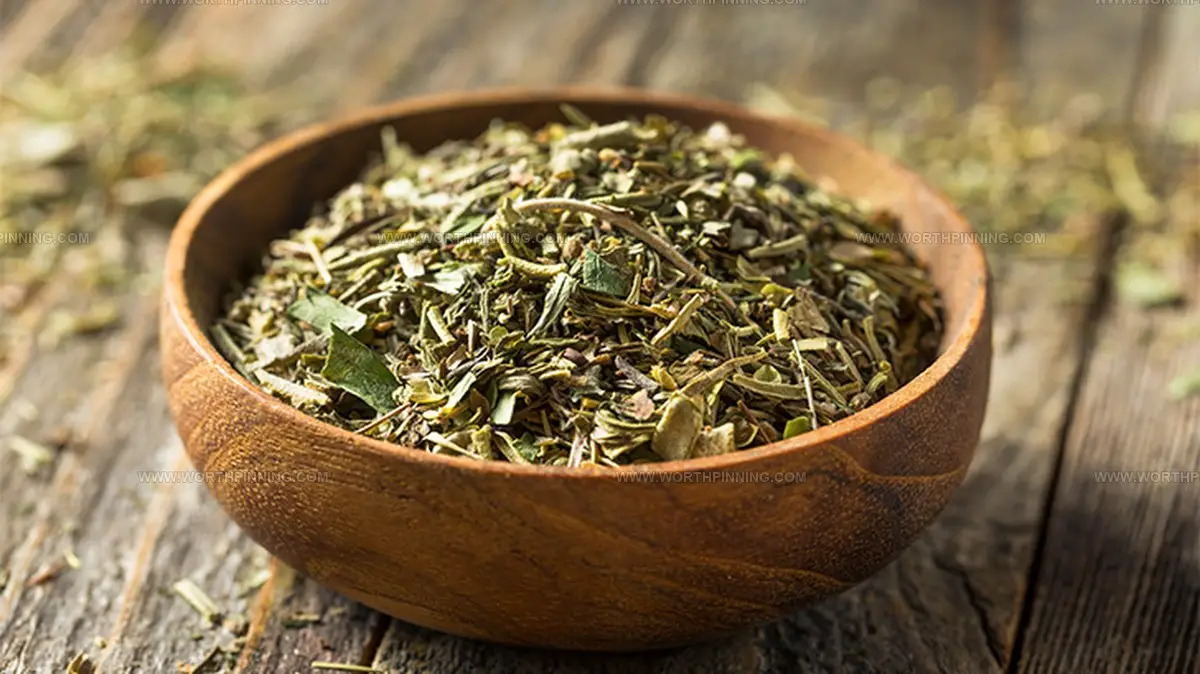
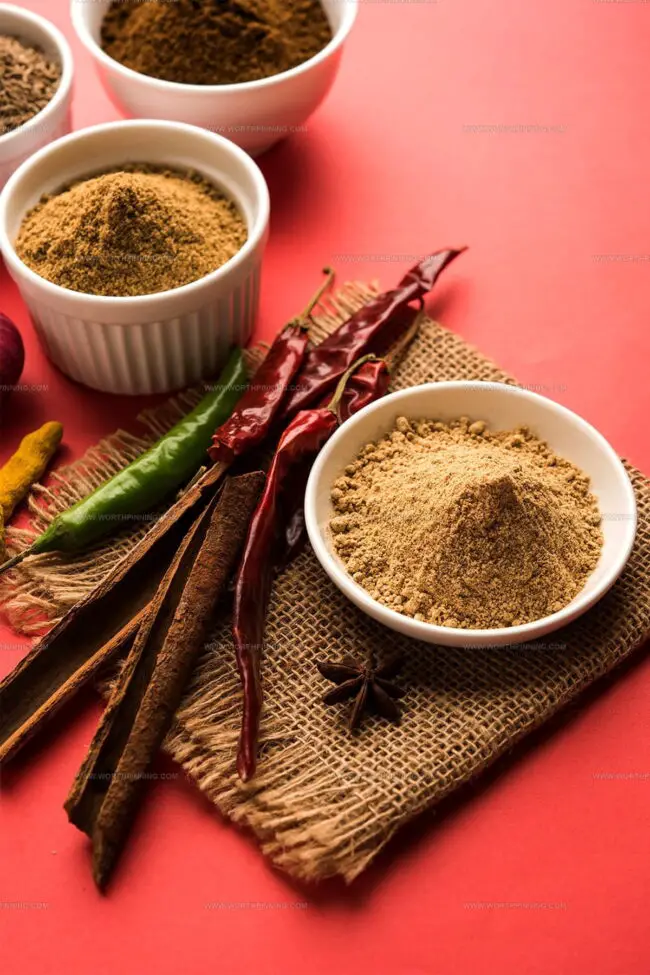
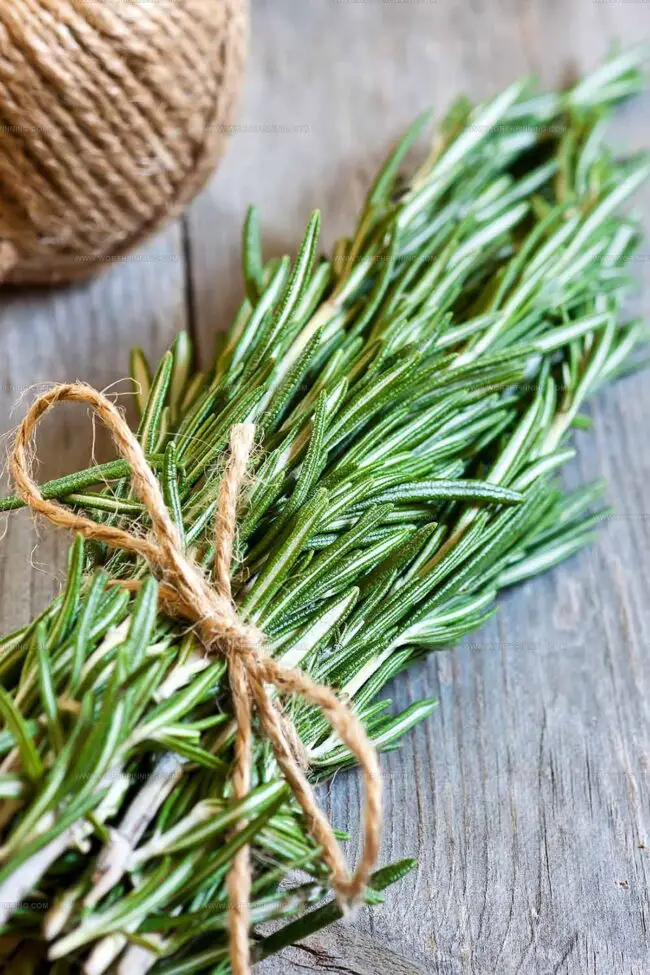
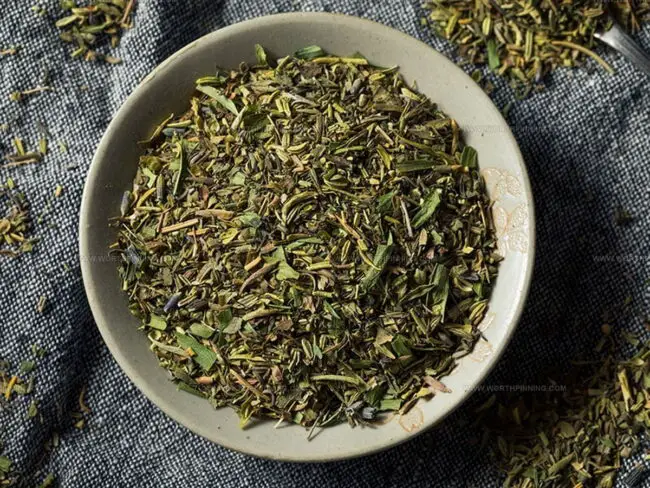
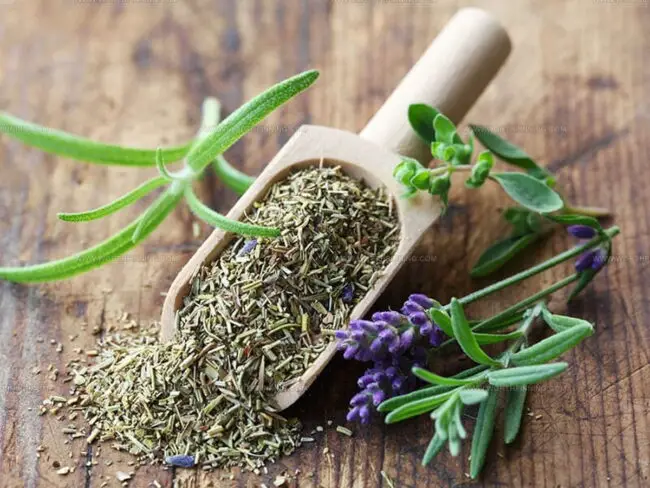
Ethan Miller
Founder & Lead Content Writer
Expertise
Education
Portland Community College
Culinary Institute of the Pacific
Ethan’s culinary journey began in his grandmother’s kitchen, where he first learned to play with flavors and ingredients. With formal training in culinary arts and a deep love for international cuisines, Ethan’s goal is to share the joy of cooking with others.
He believes food is all about creativity and bringing people together, one meal at a time. When he’s not experimenting with new dishes, he enjoys hiking in the Oregon wilderness and discovering fresh, local ingredients.